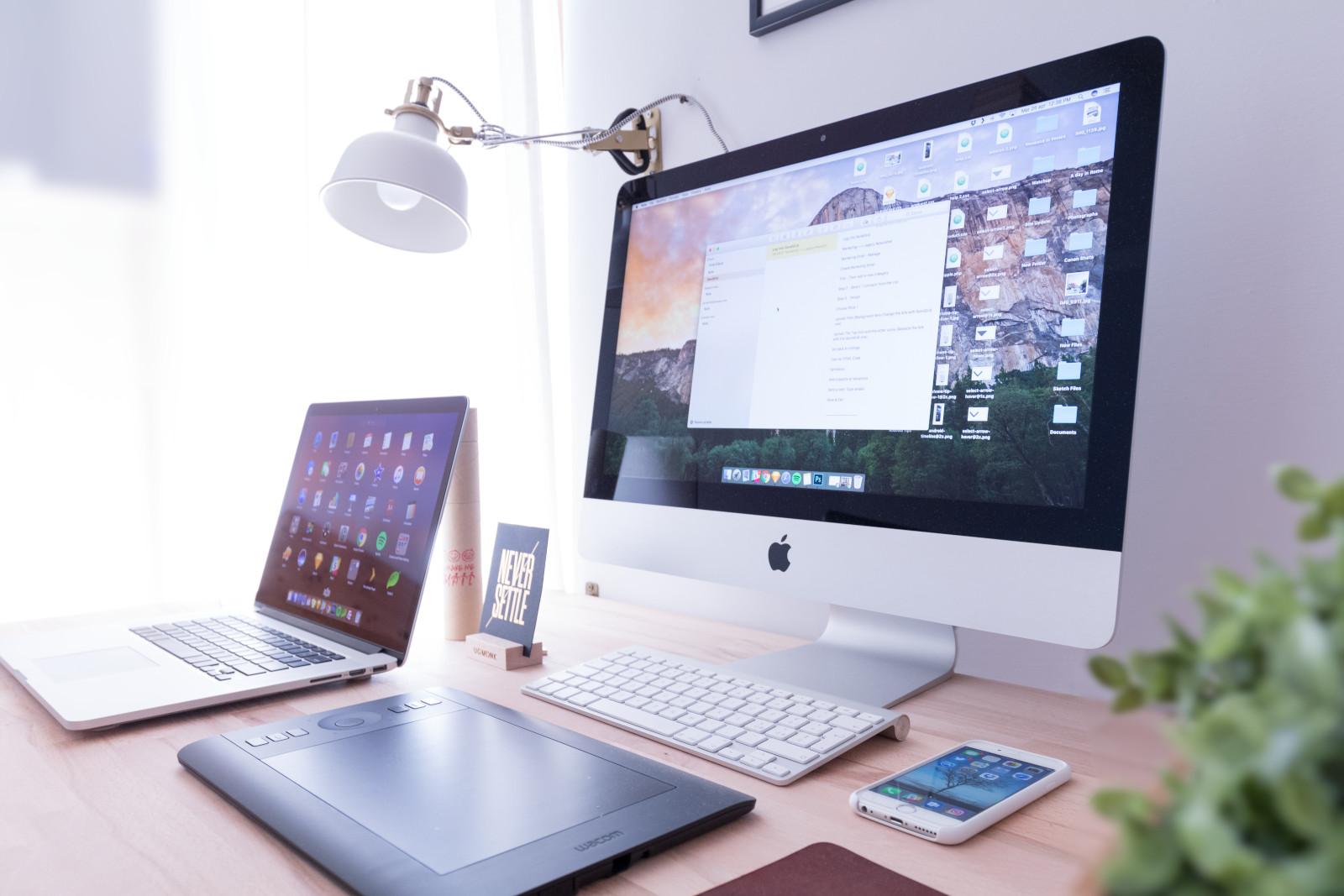
With the holidays around the corner, and workloads winding down, now is the perfect opportunity to declutter digital workspaces, take back control, and set yourself up for a fresh start in 2024!
Just as you tidy up your home, your digital workspace needs love too. Digital clutter is just as distracting as physical clutter – it may not take up “actual” space, but it clogs up our mental load, causes decreased productivity, increased stress, and overall wasted time. Everything from file overload, emails, notifications, apps, and photos; your computer can quickly become a wasteland with how much content it stores. Below is a step-by-step guide to promote a clean, organized, and efficient “digital declutter.”
Step 1: Assess
Take a look around. What are your main devices or platforms that you use for work? Is your desktop covered in icons? Are your email inboxes overflowing with unread messages? Too much “stuff” creates opportunities for things to get lost or forgotten. Understanding your starting point will help you navigate what needs to be accomplished.
Step 2. Prioritize & Clean Out
Take a look through documents, personal files and photos, email communication, and apps or software. Create a list of what is most valuable to help you make an informed decision about what to keep and what to delete. Then take it one step at a time, identify what needs to stay or go, and commit.
Step 3. Create a Filing System
This involves creating a “home” for everything in your workspace, so that when it’s time to put it away, you don’t just set it somewhere. It has a place. Easily organize computer files by:
-
- Creating folders for projects or categories
- Using clear, descriptive names for computer files and folders
- Archiving older digital files
Step 4. Overcome Email Overload
Inboxes can become a digital abyss. Organize digital files to take back control with boundaries on what comes in and out.
-
- Unsubscribe from unnecessary newsletters and promotional emails
- Utilize filters via your email provider, that will automatically categorize and prioritize incoming messages
- Archive or delete old messages that are no longer relevant or needed
- Use labels and tags to sort emails by type and/or priority
Step 5. Consolidate and Eliminate Redundancies.
Do you have multiple apps, tools, or software that serve similar purposes? Why? This is a prime example of digital clutter!
-
- Identify duplicates, and choose your favorite option
- Uninstall and deactivate anything that’s gone unused or no longer needed
- Simplify bookmarks and browser extensions
- Set up a password manager to keep track of all passwords in one place
Step 6. Make Clean-up Your Routine
Once you’ve established a clear space, make a habit of keeping it that way. Create a reminder on your calendar once a week to go through and perform a quick tidy-up! This is also a good time to make sure everything is backed up via an external hard drive or cloud storage device.
-
- Move important files to their designated folders you’ve already established
- Delete temporary files and shortcuts you no longer need
Step 7. Stay Consistent!
Maintenance is an ongoing process that requires habit. By regularly reviewing and maintaining your system, you’ll stay ahead of digital clutter from happening in the first place.
Decluttering your digital workspace is hard work in the beginning, but you’ll feel rewarded immediately by improving productivity and reducing stress. Regular maintenance will make it easier to keep up, and your clean space will feel more like a routine than a project. Here’s to a fresh start in 2024!